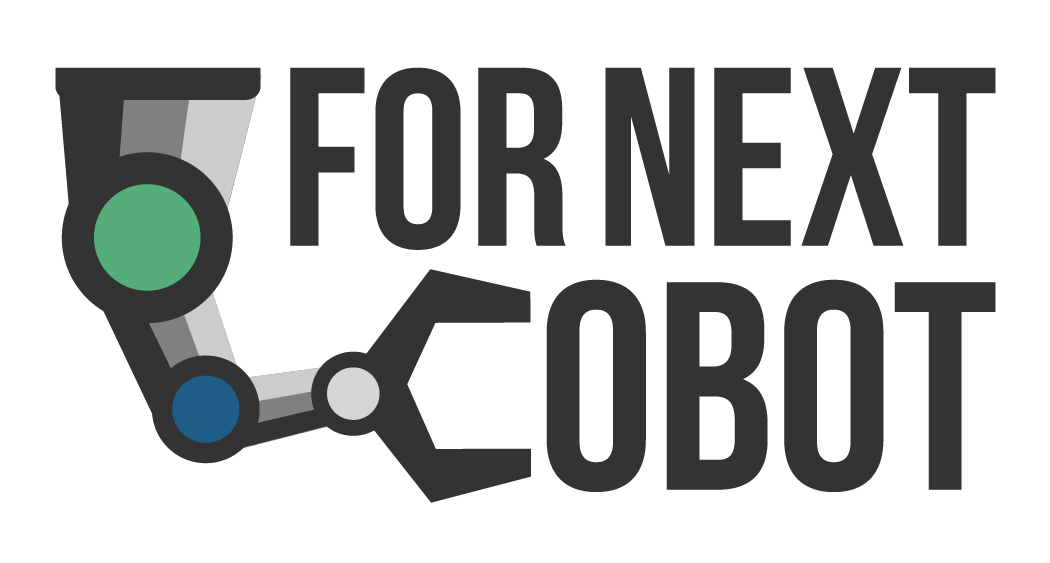The aim of the project is to contribute to the next generation of collaborative robots build around a new actuation technology (variable impedance actuation (VIA)) by advancing mechanical impedance estimation and planning methods. The Cartesian and corresponding joint impedance behavior of humans will be considered together as a reference point for robot impedance planning and a tool for efficient human-robot collaborative tasks based on understanding and predicting human actions. Since it has been a challenge to effectively determine robot joint’s and Cartesian impedance in real-time due to the non-stationary nature of flexible elements susceptible to plastic deformations, lack of observability conditions, and the necessity for bulky force/torque sensors, cutting-edge methods for impedance estimation based on the observer’s theory will be proposed.
With the maturity of VIA as a technology, algorithms which combine redundancy of robot’s degrees-of-freedom and variable joints impedance can shape Cartesian impedance without distorting the Cartesian position of the end-effector. The advantages of those two approaches will be combined through null space optimization and learning techniques while also considering nonlinear constraints (limited range of joint’s stiffness and position).
Cutting-edge (latest) proposed methods will be validated in the simulation environment and experimentally evaluated thoroughly on collaborative robots. It is expected that this project will have a significant impact on extending the research area of closed-loop impedance control, consequently bringing benefits to safer physical human-robot interaction, more skilled robots that exploit intrinsic elasticity, and a better understanding of human impedance. All these results will facilitate the advancement in various fields, factories, hospitals, and homes of the future and create national competence center in promising research areas of physical human-robot interaction and collaborative robotics.
The common objective will be to develop an estimator that requires minimal information from sensors and that is reliable for various use-cases. The performance of the estimator will be examined with respect to ground-truth results obtained from datasheet or force/torque sensors mounted on end-effector, joints, or drive.
With the further development of design and control of VIA, robots will have better flexibility and will increase their adaptability to the human-centered environment since they will become able to better execute human challenges and mimic human behavior patterns. By analysis of human mechanical impedance in interaction tasks (co-contraction of antagonistic muscles for impedance and kinematic reconfiguration for motion), we will learn about patterns for human-like impedance shaping mastered through the centuries. This study will enhance the understanding of humans and robot collaborators, but also help Cartesian stiffness shaping by combining both kinematic reconfiguration (change of position) and change of stiffness in joints. Following experience about the study on humans, the objective of the stiffness planning project challenge is to develop algorithms for Cartesian stiffness shaping based on kinematic reconfiguration, algorithms based on joint stiffness shaping, and, finally, algorithms which combine both approaches through optimization.
The specific challenge of this project is to provide firm fundamentals in interaction planning and estimation as prerequisites for adequate robot control in interaction tasks while ensuring unobtrusive adaptation to the task dynamics and the interactions with the human or the environment which is uncompromisingly safe for all people involved. The implementation plan of the project has three partially correlated lines of activities and a comprehensive experimental evaluation section which add up to four tasks in total:
